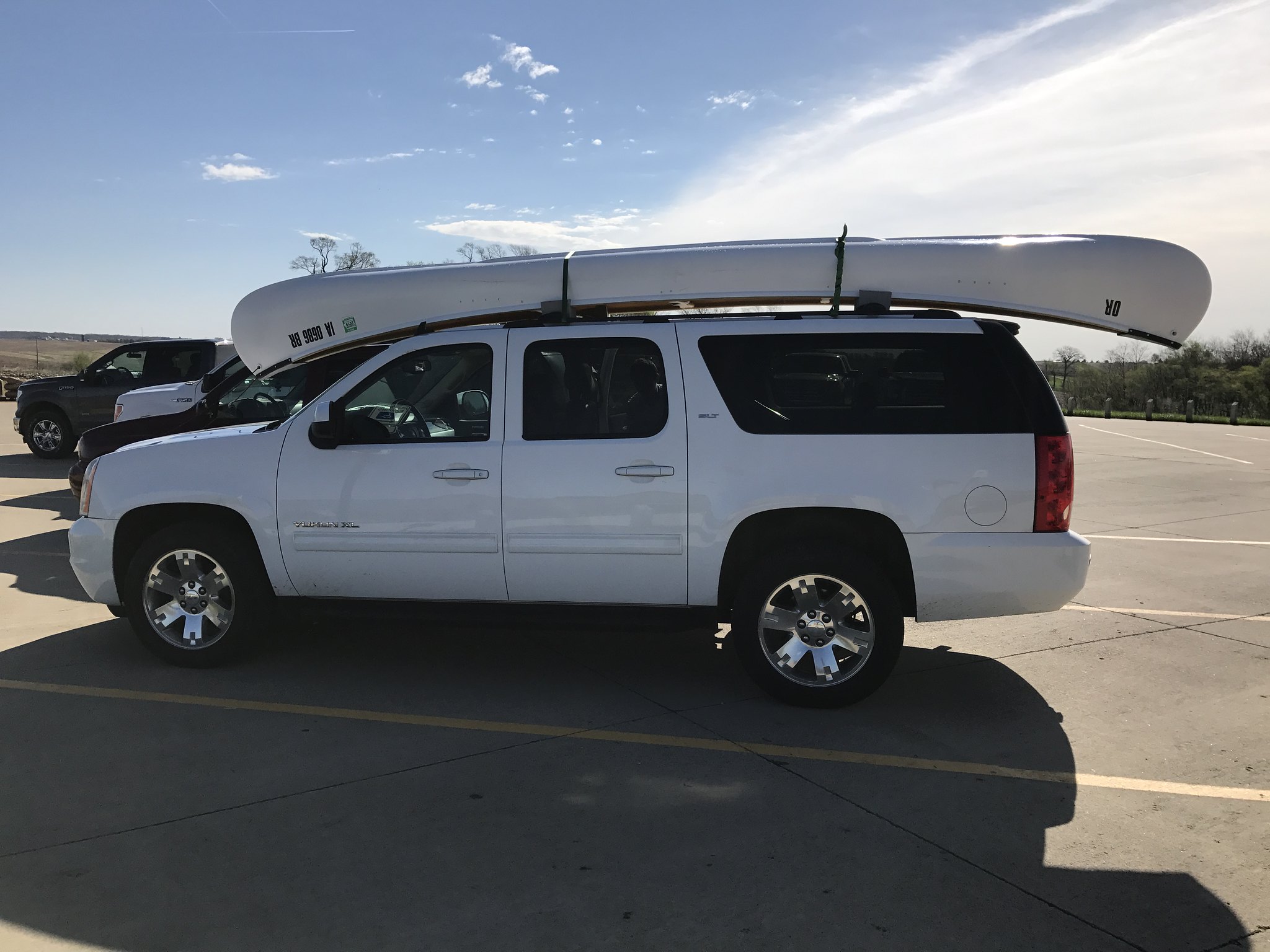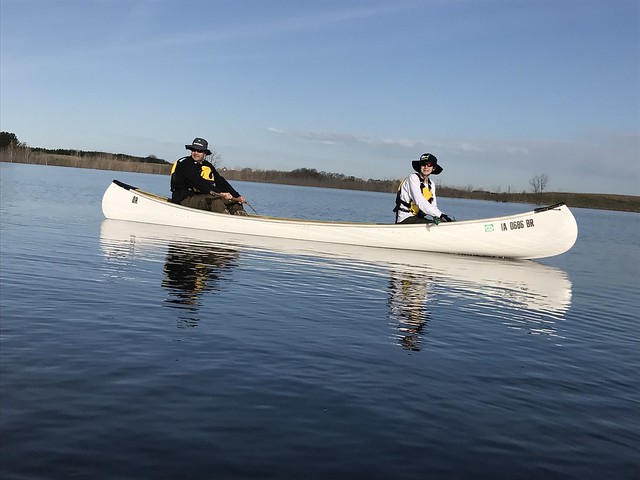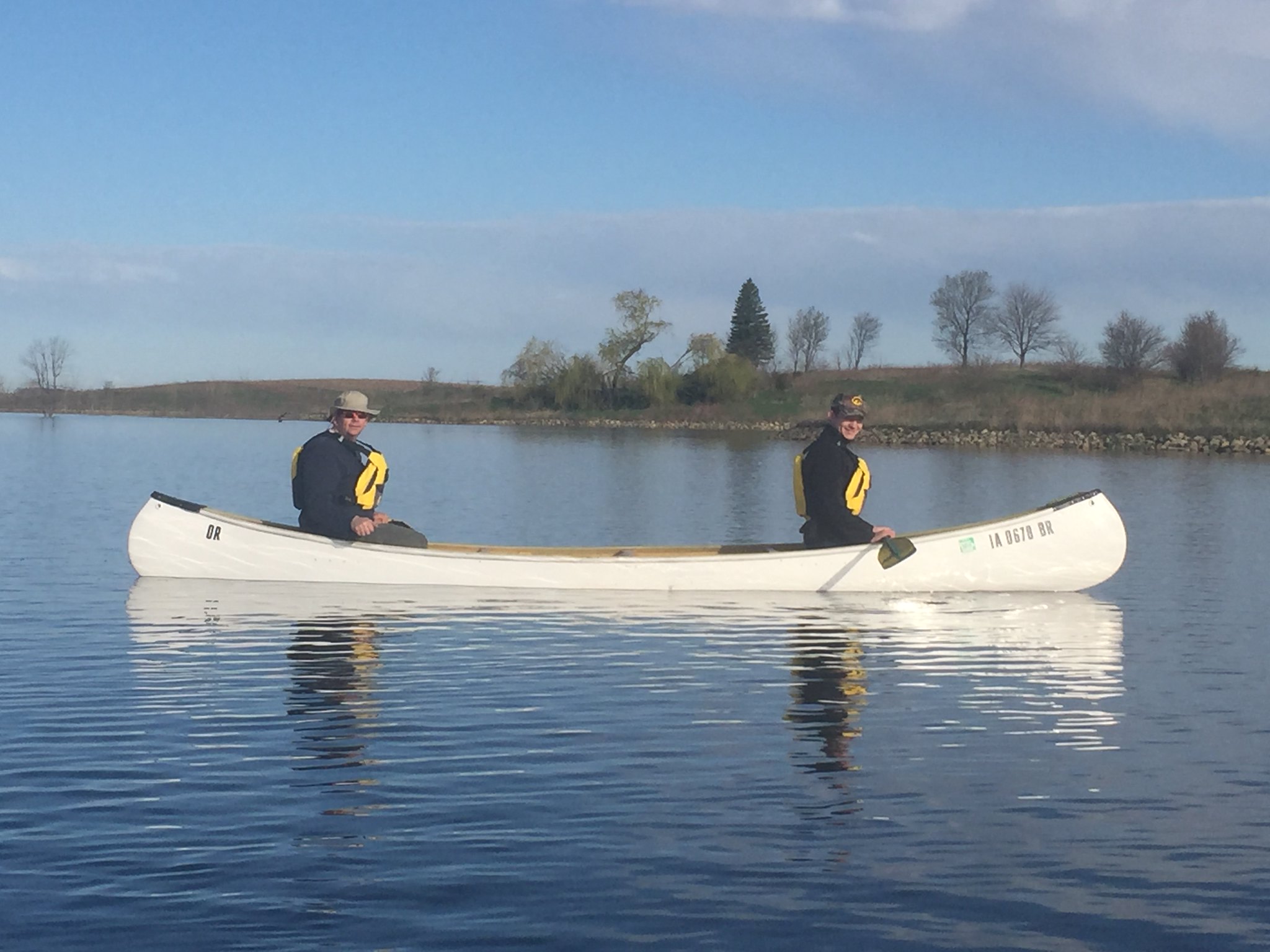This has been great to follow along with. The boat looks great out of the mold. Disappointing about the areas that bridged but, like you said, they can be fixed. And really you've got to expect something like that for the first build. The gunwales look like they came out great.
I'm curious to hear what the actual weight came in at. Did you weight the cloth and Soric before placement so you could calculate the cloth/resin ratio when done?
Do you think there's anything that can be done to make the peel ply and flow media release easier? Is it possible to remove it after only a partial cure?
I'll be interested to see what changes are made with the second boat and how they work out.
Alan
I'm curious to hear what the actual weight came in at. Did you weight the cloth and Soric before placement so you could calculate the cloth/resin ratio when done?
Do you think there's anything that can be done to make the peel ply and flow media release easier? Is it possible to remove it after only a partial cure?
I'll be interested to see what changes are made with the second boat and how they work out.
Alan




